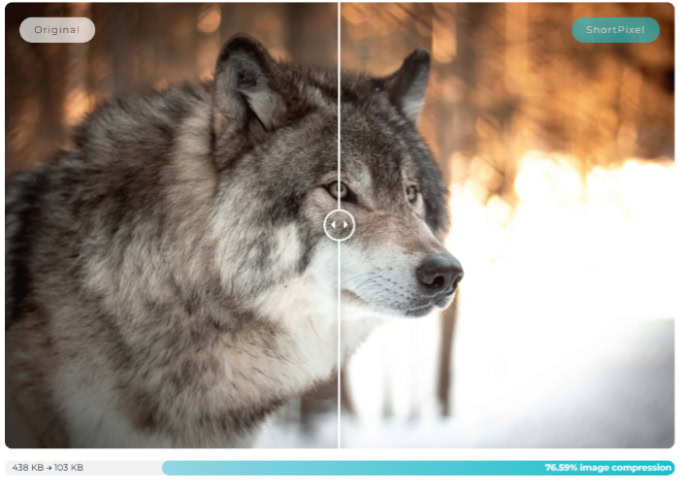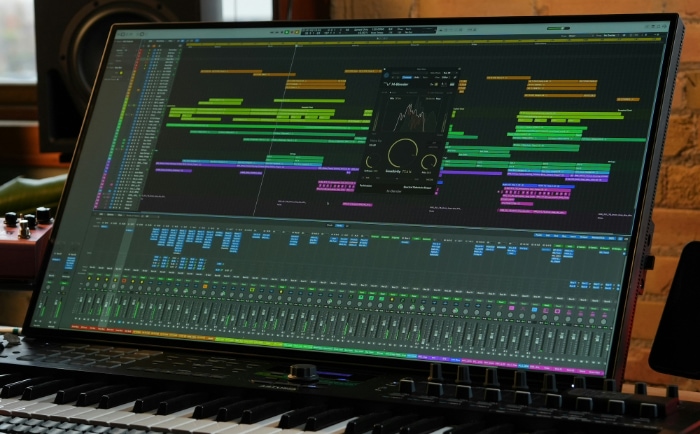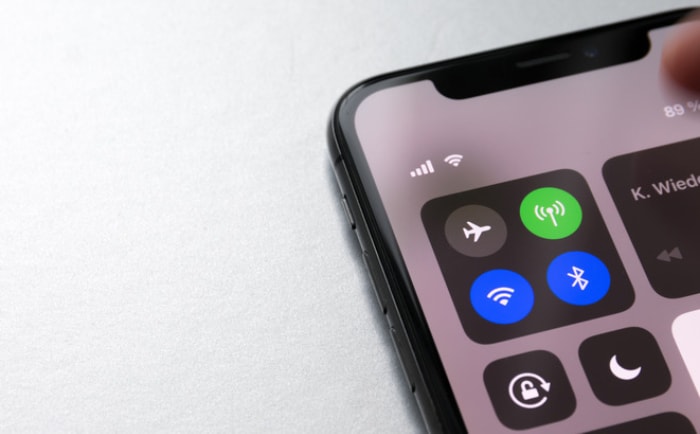Lossy Compression vs. Lossless Compression: Explained

Data compression makes our digital lives smoother, shrinking files for faster sharing and easier storage. From streaming music to archiving sensitive documents, every byte counts.
Two core strategies shape how that’s achieved: lossy compression, which trims data but sacrifices some detail, and lossless compression, which keeps every bit intact. Choosing between them is not simply a technical matter but a balancing act between quality, file size, and purpose.
Should maximum fidelity be non-negotiable, or does practicality win out when speed or bandwidth is tight? The distinctions between these methods can shape everything from what you hear in your headphones to how your memories are preserved.
Fundamental Principles
Grasping the basic principles behind data compression helps clarify why some files sound or look flawless after shrinking, while others trade some fidelity for dramatic size reductions.
Data Integrity
Lossless compression strives for absolute accuracy. Every single bit of the original data is preserved, ensuring whatever you compress can later be restored to its original state without any loss.
This level of precision is achieved by identifying and removing redundant patterns within the data. Algorithms like Huffman coding or Lempel-Ziv find repeated elements and represent them more efficiently, but never discard information.
The result is a file that might be smaller, but still contains everything necessary for perfect reconstruction.
Lossy compression, by contrast, values efficiency and practicality over absolute precision. Human senses, such as vision and hearing, do not always perceive every detail, especially in complex images or audio tracks.
Lossy methods take advantage of these limitations, deliberately removing information deemed less important. For example, JPEG images often reduce subtle color variations that the eye is unlikely to notice, while MP3 audio files can skip frequencies masked by louder sounds.
Once discarded, that information cannot be recovered, so the process is not reversible.
Reversibility
The ability to restore a file to its exact original form defines the distinction between lossless and lossy strategies. Lossless methods are fully reversible.
Compress a document, image, or song using a lossless technique, and after decompression, you will receive an exact replica of the original file. Nothing is missing, not even a single bit.
Lossy compression is a one-way street. Reducing file size comes at the cost of permanent quality degradation.
Each pass through a lossy compressor removes some detail or nuance, and if the file is further edited or re-encoded, the loss accumulates. For everyday purposes like streaming, these changes may be imperceptible, but in fields demanding accuracy, such as medical imaging or data archiving, irreversibility is unacceptable.
Compression Ratios
The motivation for compressing data often boils down to how much space or bandwidth can be saved. Lossy compression typically delivers the most dramatic reductions.
Depending on settings and content, file sizes can shrink by anywhere from 10 to 90 percent, which is why formats like JPEG and MP3 are so widespread for media sharing and streaming.
Lossless compression offers more moderate gains, commonly reducing file sizes by about 20 to 60 percent. The extent of savings depends on the structure and redundancy within the data itself.
Text files, for example, often compress very well, while already efficient image formats may see only minor reductions.
Applications and Use Case Alignment

The choice between lossless and lossy compression is rarely about technical preference alone. It directly impacts how files are stored, transmitted, edited, and ultimately used.
Each method excels in different scenarios, shaped by the balance of precision, efficiency, and practicality required for the data at hand.
Lossless Domains
Preserving every piece of information is non-negotiable in many fields. Medical imaging provides a prime example, where formats like DICOM ensure that critical diagnostic details are never altered or lost.
A single missing pixel or an altered shade could lead to misinterpretation, making lossless compression essential.
Software development and distribution also rely on lossless methods. Compressing software binaries and executables with formats like ZIP guarantees the original code will function identically after extraction, free from corruption or missing elements.
The same standard applies to legal documents, digital contracts, and confidential records. Errors or alterations could have significant legal consequences, so every byte must be preserved. In these cases, the slight sacrifice in compression efficiency is worthwhile for absolute data fidelity.
Lossy Domains
Not every file demands perfect reconstruction. In everyday experiences, lossy compression has become the norm for handling photos, music, and video.
Web pages load faster and stream more smoothly when images are saved as JPEGs or videos encoded as MP4. These formats dramatically reduce file sizes, enabling swift sharing and playback without noticeably compromising the viewing or listening experience.
Streaming services, social media platforms, and user-generated content sites prioritize speed and accessibility. Most users will never notice slight losses in image sharpness or audio detail, as long as the overall quality remains satisfactory.
In practice, lossy formats make modern digital communication and entertainment both practical and scalable.
Hybrid Scenarios
Some workflows benefit from a blend of both approaches. In professional photography, for example, images are initially captured in lossless RAW formats, preserving every detail for editing.
Edits and adjustments occur without quality loss, ensuring maximum creative flexibility and accuracy. Once finalized, images may be exported as JPEGs for sharing, publishing, or archiving, balancing high-quality output with manageable file sizes.
The same hybrid strategy appears in video production. Editors work with lossless or high-bitrate intermediates during the editing process, then export final cuts using lossy formats optimized for streaming or distribution.
By combining both methods, professionals maintain control and quality during production while still reaping the benefits of efficient storage and transmission in the final product.
Technical Trade-offs

Every compression choice comes with its own set of technical consequences. The trade-offs between quality, efficiency, processing demands, and error tolerance shape the overall experience for users and developers alike.
Recognizing these differences provides clarity around what is gained or lost when compressing files for various applications.
Quality vs. Efficiency
Striking a balance between quality and storage efficiency can be challenging. Lossy methods embrace aggressive reduction techniques, slicing away parts of the original data to achieve dramatic file size savings.
For example, MP3 audio allows users to select different bitrates, sacrificing some audio nuance for smaller, more manageable files suited to streaming or portable devices. In video and image compression, lower quality settings further shrink size but can introduce noticeable artifacts such as blockiness or blurring.
Lossless compression, however, holds firm on fidelity. Every detail remains intact, making it the preferred choice when content accuracy cannot be compromised.
The trade-off comes in storage requirements. Files remain larger because redundancy is the only target for removal, not the actual content itself.
Professional archives, scientific data, and master audio recordings often use lossless formats to protect the original quality, regardless of the extra disk space needed.
Processing Complexity
Behind every compressed file is an algorithm working to encode and later decode the content. Lossless compression algorithms, especially those like LZMA, may demand significant processing power.
They carefully analyze patterns and redundancies, sometimes requiring more time and memory to compress and decompress data. This extra computation can slow down workflows, especially with large files or when handling multiple simultaneous processes.
Lossy formats tend to be simpler and faster by comparison. Encoding and decoding operations focus on discarding data quickly according to set parameters, often making them a better fit for real-time applications.
Streaming a video or song on the go counts on this speed and efficiency, ensuring seamless playback on devices with limited resources.
Error Tolerance
How a format handles errors can matter just as much as how well it compresses. Lossy files show some resilience in the face of minor data corruption.
Small glitches may go unnoticed, as missing details often have minimal impact on overall perception. For example, a dropped frame in a video or a brief audio hiccup may never be detected by most listeners or viewers.
Lossless files, however, have no such leeway. Every bit is necessary to reconstruct the original data perfectly. An error or corruption, even a minor one, can render files unreadable or incomplete.
For critical applications such as software deployment or archiving legal documents, this sensitivity demands careful handling and robust backup solutions.
Format Landscape

A clear sense of which formats suit different types of data can make storing, sharing, and archiving content much more efficient. Various compression methods have led to a diverse ecosystem of formats, each tuned for specific goals such as maintaining quality, maximizing efficiency, or ensuring compatibility across platforms.
| Type | Common Formats | Best-Suited Data |
| Lossless | PNG, FLAC, ZIP, TIFF | Text, graphics, audio masters |
| Lossy | JPEG, MP3, H.264, WebP | Photos, music, video streams |
Lossless Compression Formats
Some formats are designed to protect every detail. PNG ranks high among image formats for its ability to retain sharpness and color accuracy, making it a favorite for web graphics, illustrations, and screenshots.
FLAC is often the go-to for audio enthusiasts and professionals who cannot tolerate even the slightest quality loss in music or sound recordings. ZIP creates tidy packages of text documents, software, or mixed data, reducing size without discarding a single byte.
TIFF, favored by photographers and publishers, offers maximum fidelity in digital images, allowing editing and archiving without any loss.
Lossy Compression Formats
Other formats focus on delivering the smallest files possible while keeping the result pleasing to the senses. JPEG is almost synonymous with everyday digital photography.
It makes sharing vacation pictures or uploading images to social media fast and simple without using up excessive storage. MP3 compresses audio to manageable sizes, striking a balance between sound quality and file size for music libraries and podcasts.
H.264 powers nearly all online video streaming, ensuring smooth playback even over slower connections. WebP, a newer entry, handles both images and short animations, providing smaller files and faster web performance while maintaining decent visual quality.
Decision Framework

Selecting between lossy and lossless compression is often a practical process that blends technical constraints with real-world needs. Each scenario presents unique priorities, from guaranteeing archival fidelity to enabling snappy downloads.
Critical Questions
Start by considering the importance of data integrity. Perfect reconstruction is mandatory for content such as financial records, legal documents, or scientific datasets.
Even a single incorrect number or garbled line can lead to serious consequences, making lossless compression the clear choice for such cases.
Bandwidth and storage limitations must also be weighed. Mobile applications, web platforms, and streaming services often demand smaller file sizes to ensure fast performance and broad accessibility.
Lossy compression becomes invaluable here, allowing content to reach users quickly without overwhelming networks or device storage.
Not all data carries the same sensitivity to quality loss. Podcasts, entertainment videos, and casual photos can usually tolerate some degree of loss without noticeably affecting user experience.
In contrast, high-resolution medical images, genomic sequences, or master audio tracks require absolute fidelity. Assessing how much quality can be compromised, if any, sets the stage for picking the most suitable method.
Implementation Tips
Patterns emerge when applying compression strategies at scale. Lossless formats are best reserved for archiving, editing, and situations where future recovery of the original content might be needed.
Master versions, source media, and important documents benefit from full fidelity, serving as reliable backups or sources for future work.
Lossy formats excel when distributing content to broad audiences. Once files are ready for consumption or sharing, size and accessibility often take priority over preserving every last detail.
Video, music, and images can be optimized for web delivery using quality settings that maintain an acceptable balance between appearance and efficiency.
Benchmarking becomes crucial when quality is subjective or must meet specific standards. Tools such as the Structural Similarity Index (SSIM) for images or perceptual audio measures help quantify how much quality is being traded for space.
Regular testing ensures compression remains within acceptable thresholds, especially as workflows or distribution requirements evolve.
Conclusion
Lossy and lossless compression stand apart in how they handle data retention, reversibility, and their suitability for different use cases. Lossless methods faithfully preserve every bit, allowing exact reconstruction and supporting needs where accuracy is critical.
Lossy approaches prioritize efficient storage and fast delivery, trimming what the senses are unlikely to notice and achieving substantial size reductions.
No single method reigns supreme in every situation. Context shapes the best approach, asking whether quality, size, or speed matters most for the task at hand.
Archival, editing, and distribution needs will often pull in different directions, making clear that compression strategies must fit the specifics of each project.
Hybrid formats such as JPEG XL and modern codecs continue to blur the boundaries, combining flexible efficiency with the promise of quality retention. As new solutions emerge, the balance between fidelity and practicality becomes even more refined, offering ever-better tools for managing digital information.
Selecting wisely ensures content remains both usable and accessible, whatever the requirements may be.


